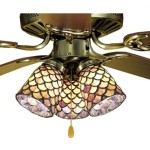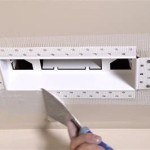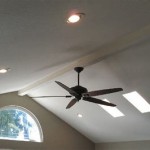Whether you’re trying to reduce the noise in your home or you’re looking to improve the acoustics in your office, sound deadening is an important part of soundproofing. Ceiling sound deadening is a process that can help reduce noise from outside sources such as traffic and other external noises.
Sound deadening is a process that uses dampening materials to reduce the transmission of sound between two surfaces, such as a wall and a floor. A sound deadening material is any material that is designed to absorb or dampen sound waves.
What are the Benefits of Ceiling Sound Deadening?
Ceiling sound deadening is a great way to reduce noise from outside sources. It can help reduce the amount of sound that is transmitted through walls, floors and ceilings. It can also help reduce the reverberation of sound that travels through a room, which can make a space more comfortable and inviting.
Ceiling sound deadening can also help improve the acoustics of a space by reducing any noise that may be reflecting off of the ceiling. This can help create a more pleasant environment, making it easier to have conversations without having to strain to hear each other.
What Materials are Used for Ceiling Sound Deadening?
There are a few different materials that can be used for ceiling sound deadening, depending on the type of soundproofing you need. Some of the most common materials used for soundproofing are fiberglass, mineral wool, and foam.
Fiberglass is a very common material used for sound insulation. It is a lightweight material that is able to absorb sound waves. It is also an inexpensive material and is easy to install.
Mineral wool is a material made from natural materials such as glass, stone, and clay. It is very effective at absorbing sound and is also fire resistant.
Foam is a lightweight material that is able to absorb sound waves. It is an inexpensive material and is easy to install, however, it may not be as effective as the other materials.
How to Install Ceiling Sound Deadening
Installing ceiling sound deadening is a relatively simple process. First, you will need to measure the area where you want to install the sound deadening material. Then, you will need to purchase the material and cut it to size. Next, you will need to attach the material to the ceiling using either adhesive or clips. You may also need to seal any gaps between the material and the ceiling to ensure maximum soundproofing. Once the material is installed, you can begin to enjoy the benefits of sound deadening.
Conclusion
Ceiling sound deadening is an important part of soundproofing. It helps reduce the amount of noise that is transmitted through walls, floors and ceilings. It can also help improve the acoustics of a space, making it more comfortable and inviting. There are various materials that can be used for sound deadening, such as fiberglass, mineral wool, and foam. Installing ceiling sound deadening is a simple process that can be done relatively quickly.














Related Posts









